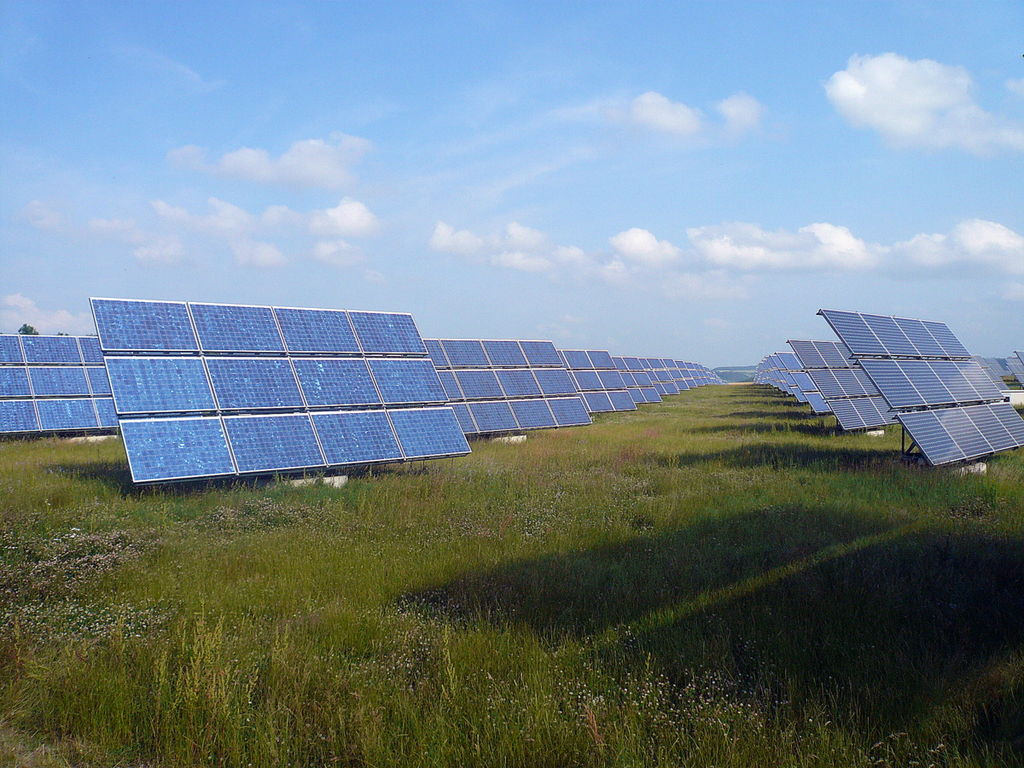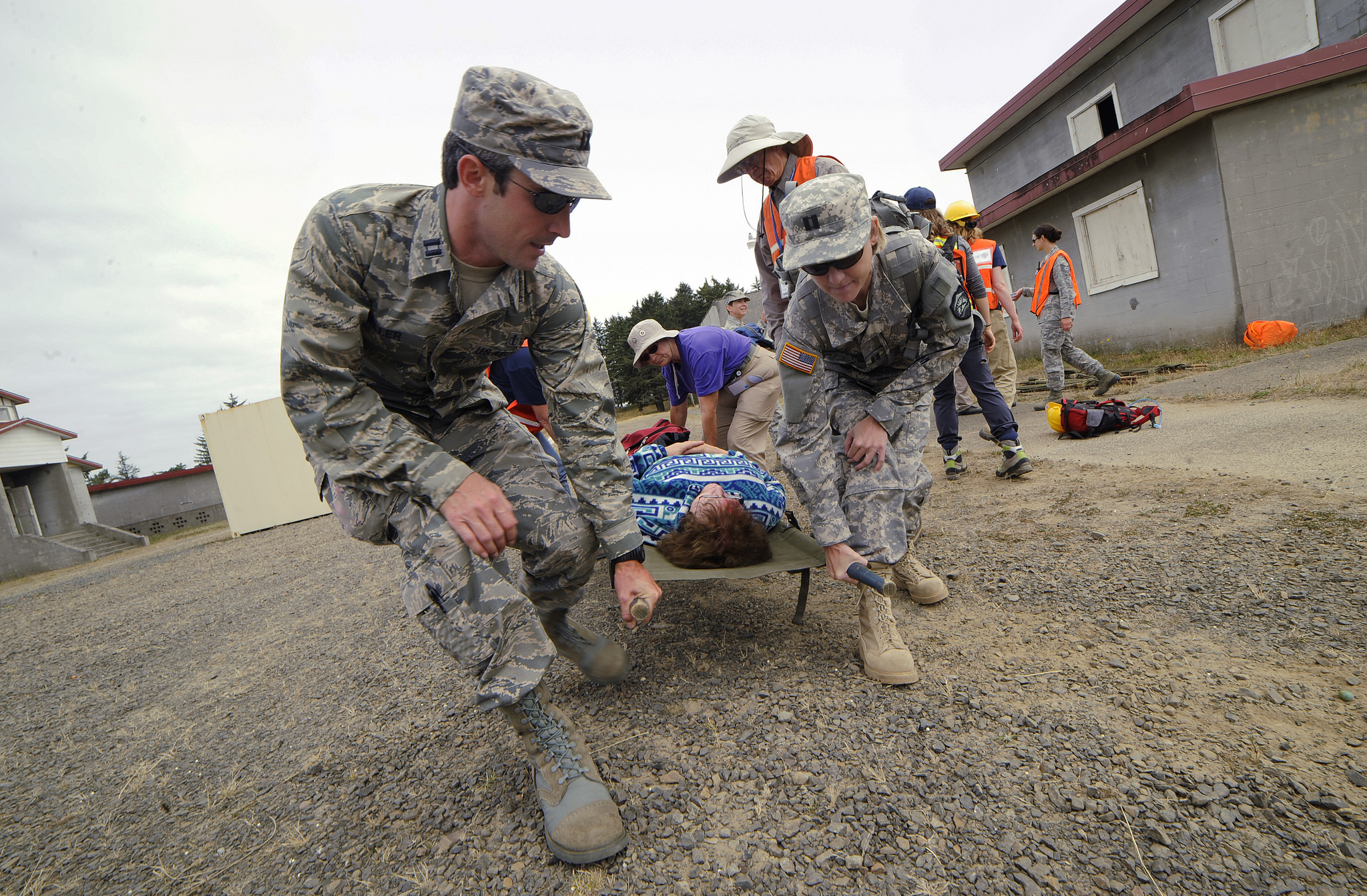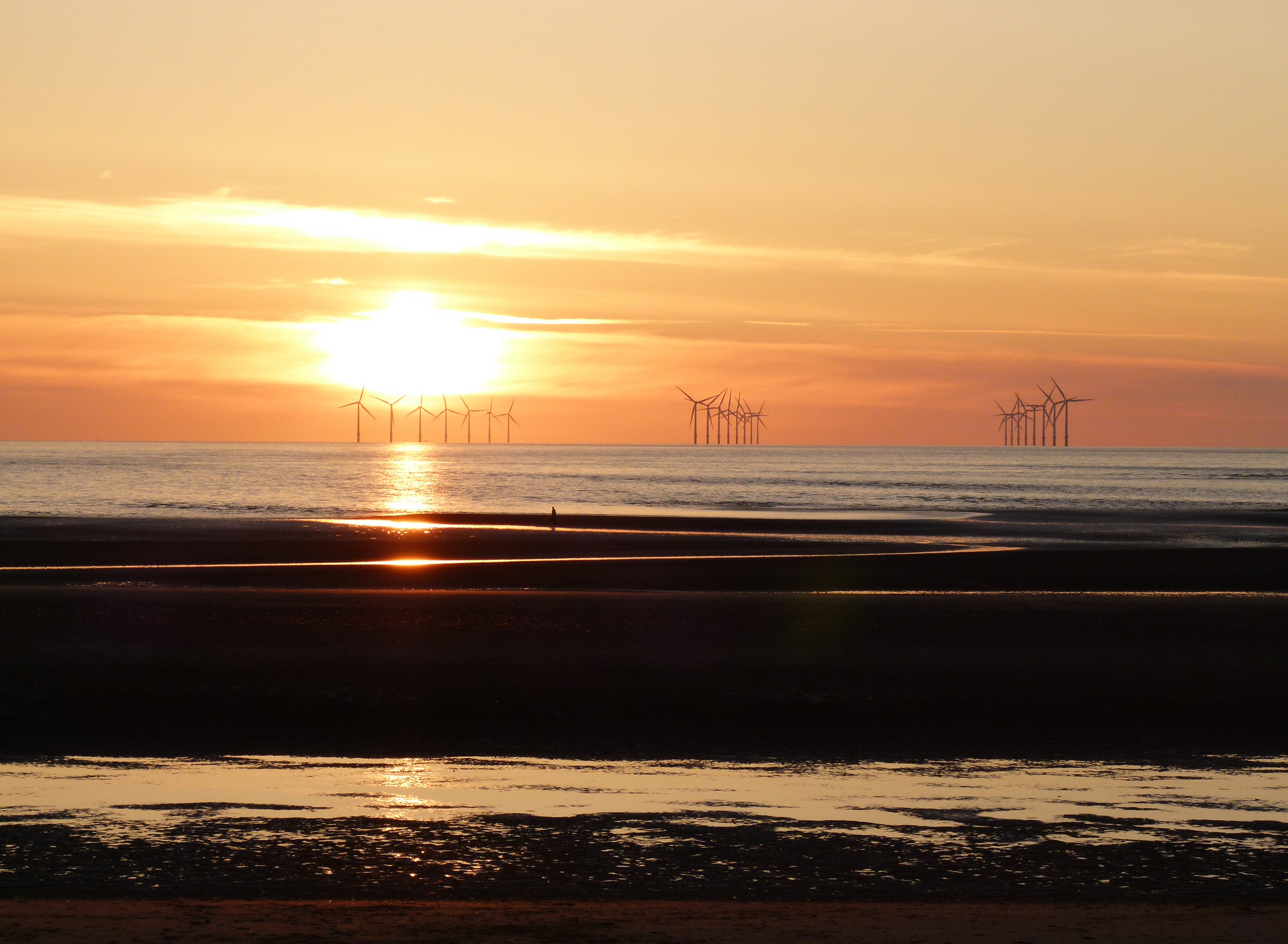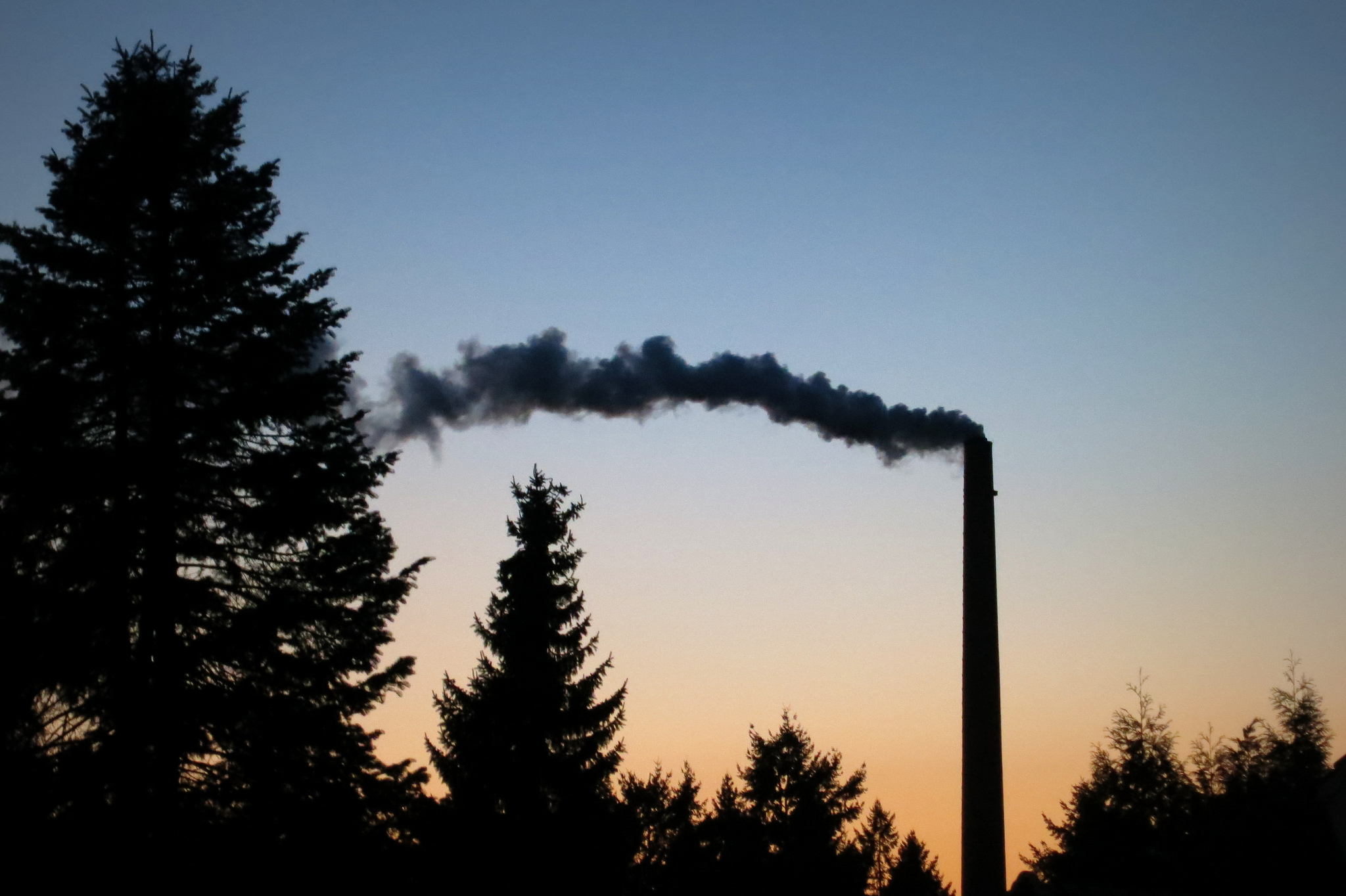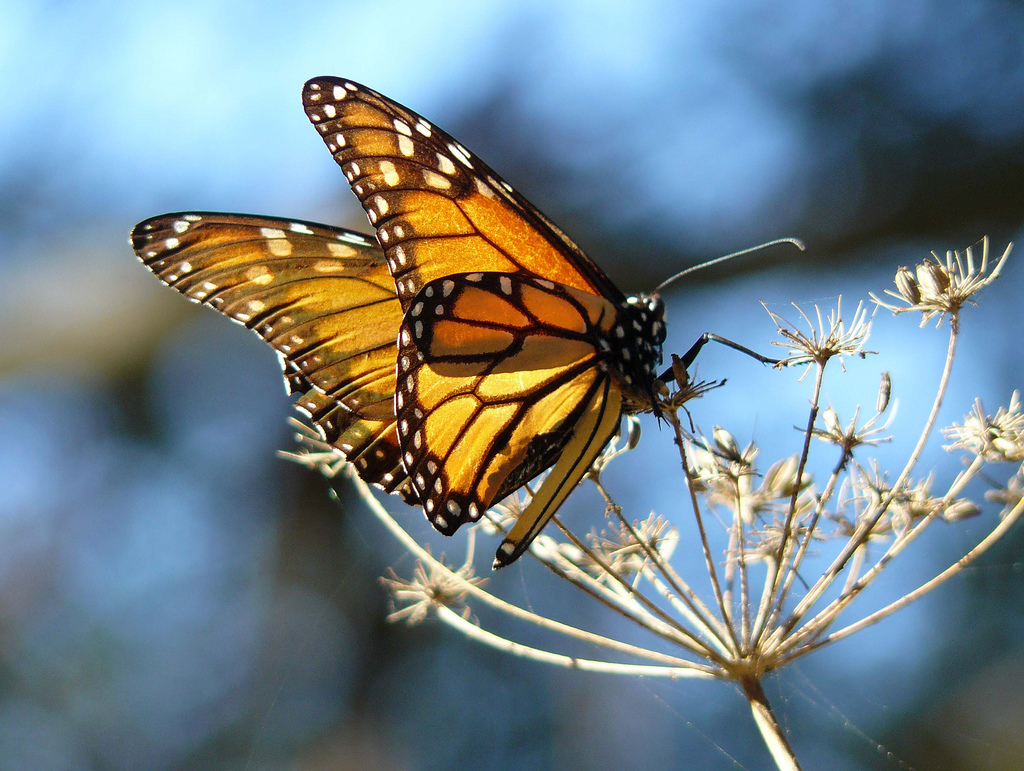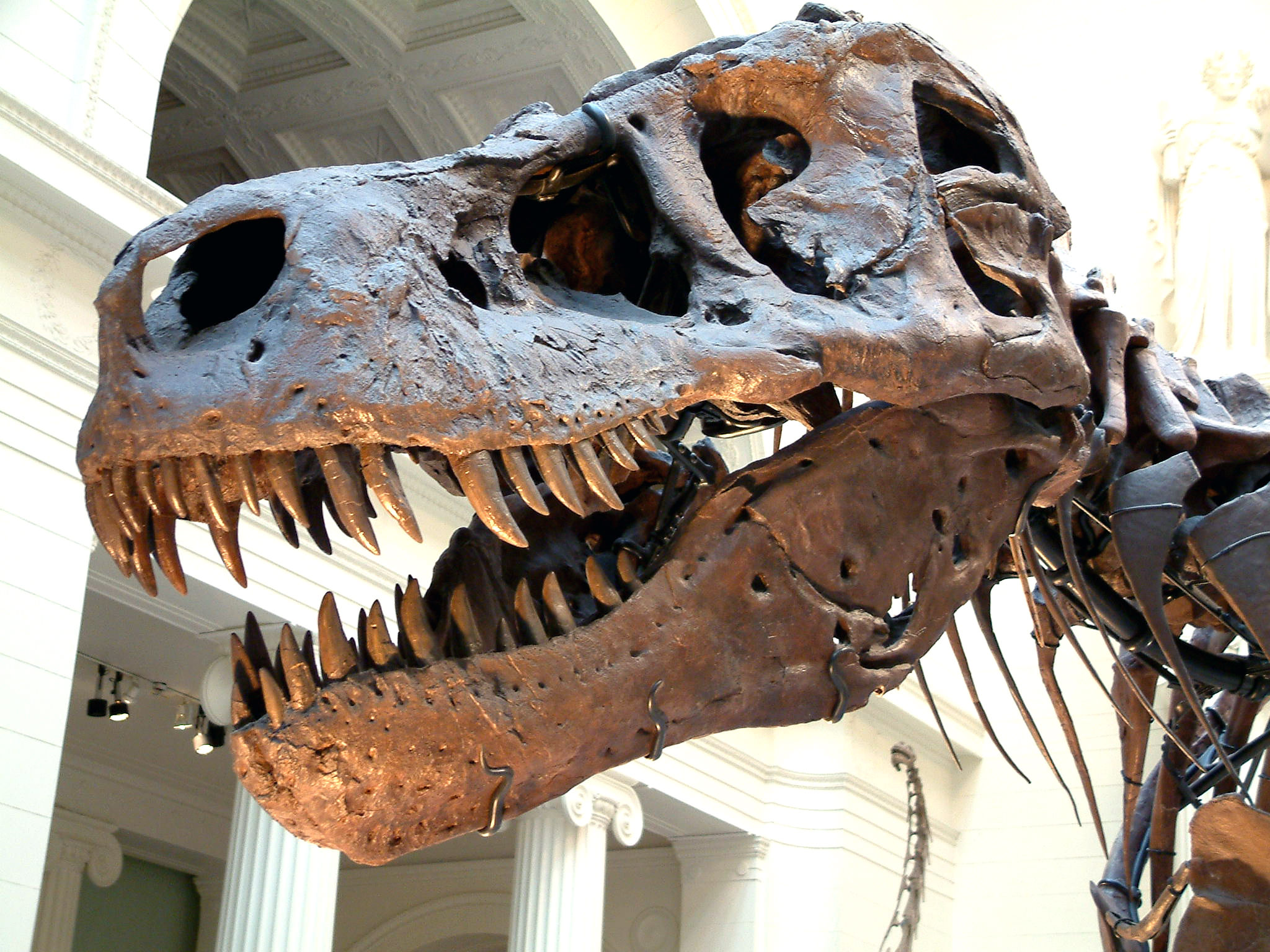Economy and Policy
The Really Big One
Most people have heard of the San Andreas fault line. It runs the length of California, and is perpetually rumored to be to be on the verge of unleashing a big earthquake. But there’s a much lesser known fault line located just north of the San Andreas that’s predicted to trigger an even larger quake.
Bumblebees And The Climate Squeeze
Bumblebees face their share of hazards – habitat loss, disease, and harmful pesticides among them. New research shows that climate change is also a significant threat to bumblebee populations in Europe and North America. In fact, University of Ottawa scientists suggest that, for these bumblebees, climate change may be the biggest threat of all.
Climate Change And Lobster
It’s no secret that ocean waters are warming, especially in New England. The waters in the Gulf of Maine are warming 99% faster than the rest of the world’s oceans. What’s the problem? Well, lobsters like cold water, and as a result, they’re heading north.
Offshore Wind At Last
At the end of July, construction began on the first offshore wind installation in the United States. The Block Island Wind Farm is being built off the coast of Rhode Island and is expected to come online next year, providing electricity for about 17,000 homes.
A Giant Red Tide
Red tide is the common name for algal blooms in the ocean. These are typically cyclical events that occur along our coasts and generally last a few weeks.
The Heat From Global Warming
The average surface temperature around the world has gone up over a degree over the past 40 years but some people argue that if the greenhouse effect was really at fault, the temperature rise would be much larger.
The Complicated Case Of Cecil The Lion
The recent killing of Zimbabwe’s Cecil the Lion sparked a world-wide reaction and has focused a great deal of attention on the ethics of trophy hunting. There is no question that trophy hunting is an extremely polarizing issue and there are demands around the world to curtail the practice.
Biodiversity Is Good For Us
There are many reasons to protect Earth’s biodiversity. One of the more underrated is that disease incidence is lower when ecosystems support a variety of plants and animals.
Antibiotic Resistant Bacteria In The Hudson
Combined sewer systems are designed to collect rainwater runoff, sewage, and industrial wastewater in the same pipe, and then transport the wastewater to a sewage treatment plant. But during heavy rainfall events, wastewater treatment plants can get overwhelmed, forcing them to discharge untreated water into nearby water bodies. This intentional discharge of dirty water is known as C-S-Os – or combined sewer overflows.
[Read more…] about Antibiotic Resistant Bacteria In The Hudson
Tech Advances Provide Window Into Wildlife
Since the evolution of our earliest ancestors, people have looked to clues – such as footprints in the mud or rubs on trees – to gain insight into wildlife behavior.
[Read more…] about Tech Advances Provide Window Into Wildlife
Shopping Bags
Paper or plastic? It’s a quandary we have faced in the grocery store for decades. Plastic is non-biodegradable and usually ends up in landfills or worse, in waterways or in the ocean. On the other hand, manufacturing paper is water intensive and produces pollution.
Trash At National Parks
Our national parks are shining examples of the American wilderness whose natural wonders attract millions of visitors from around the world. This popularity has a cost: national park visitors generate more than 100 million pounds of garbage each year, most of which ends up in landfills.
Is Pollution Good for Trees?
In recent decades, the so-called hygiene hypothesis has been proposed to explain the rapid rise in allergic diseases during the 20th century and has even been linked to a broader range of chronic illnesses. The basic idea is that that when exposure to parasites, bacteria, and viruses is limited early in life, children face a greater chance of having allergies, asthma, and other autoimmune diseases during adulthood.
Missing Monarchs
We have talked about monarch butterflies before. The orange and black butterflies are often used in school lessons about insect ecology. Monarch caterpillars forage exclusively on milkweed; in the process they acquire foul-tasting chemicals that ward off predators. In late summer, monarchs living in the Eastern U.S. migrate to overwintering grounds in Mexico.
Watch Out For This Weed!
Weeds are the bane of many a gardener’s or landscaper’s existence. They sprout up, uncontrolled and unwelcome, and must be tediously managed time and again. But some weeds are more than a nuisance – they rise to the level of a public health hazard. Such is the case with giant hogweed.
Obesity And Food Energy Supply
Obesity is a global health problem and is on the rise in many countries. There are many factors involved in the increasing prevalence of obesity such as increased urbanization, car dependence and sedentary occupations. Of course, the prime culprit is generally thought to be that we eat too much.
What Would Our Planet’s Sixth Mass Extinction Mean For Us?
A new study by researchers from three U.S. universities echoes an earlier report out of Duke University indicating that earth is in what appears to be the beginning of its sixth mass extinction – the first in some 65 million years. Large animals face the highest rate of decline, and their losses could affect other species, including us.
[Read more…] about What Would Our Planet’s Sixth Mass Extinction Mean For Us?
The First Mass Extinction Since Dinosaurs
Earth’s current biodiversity is the highest in the history of life – ever. It’s the product of three and a half billion years of evolution. But a new study warns that a tipping point is on the horizon.
[Read more…] about The First Mass Extinction Since Dinosaurs
